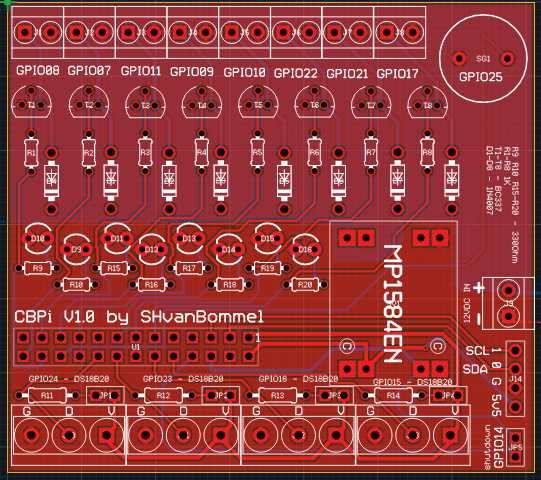SHvanBommel
Well-Known Member
- Joined
- Nov 5, 2007
- Messages
- 548
- Reaction score
- 57

Atl - 1






![Craft A Brew - Safale S-04 Dry Yeast - Fermentis - English Ale Dry Yeast - For English and American Ales and Hard Apple Ciders - Ingredients for Home Brewing - Beer Making Supplies - [1 Pack]](https://m.media-amazon.com/images/I/41fVGNh6JfL._SL500_.jpg)







I dropped the boards off at the post office today. First-class 3 day shipping.You should see them Mon or Tuesday.SHvB=3
KiwiRob=2
Schaze= 1
gromitdj= 1

I'm still confused on all of the DS18b20 ports. all of the data pins go to different GPIO of the rpi I thought crossing the streams was bad . and pin one of the pi connection should be different from the rest at the copper padboards are done.
boards are done.

So are you saying you don't need to jump data and 3v?
boards are done.
R11, r12, r13, r14. Yes. Let me get the boards in and I'll do a video/documentation. Ame makes a great point that I didn't express. Not ALL of the pins/parts of the pcb need to ne populated. All will be completely clear when I send boards.
I have one more board of the terragady 4.1 version@SHvanBommel
Do you have more boards available?
I have one more board of the terragady 4.1 version
Everybody should have received their boards by now. Let me know if you got them. ThanksI dropped the boards off at the post office today. First-class 3 day shipping.You should see them Mon or Tuesday.